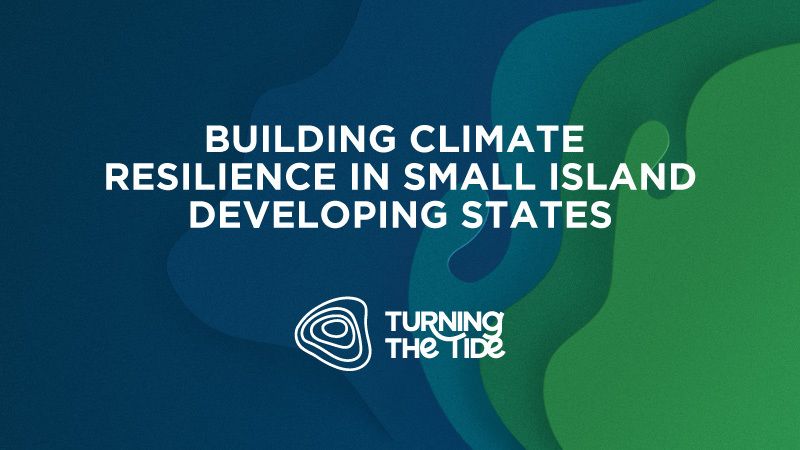How youth-led tech can tackle climate change and build resilience in SIDS
Technology will play an important role in climate adaptation efforts in small island developing states. Engaging youth in the design and deployment of tech solutions will be crucial to helping the most affected communities adapt.
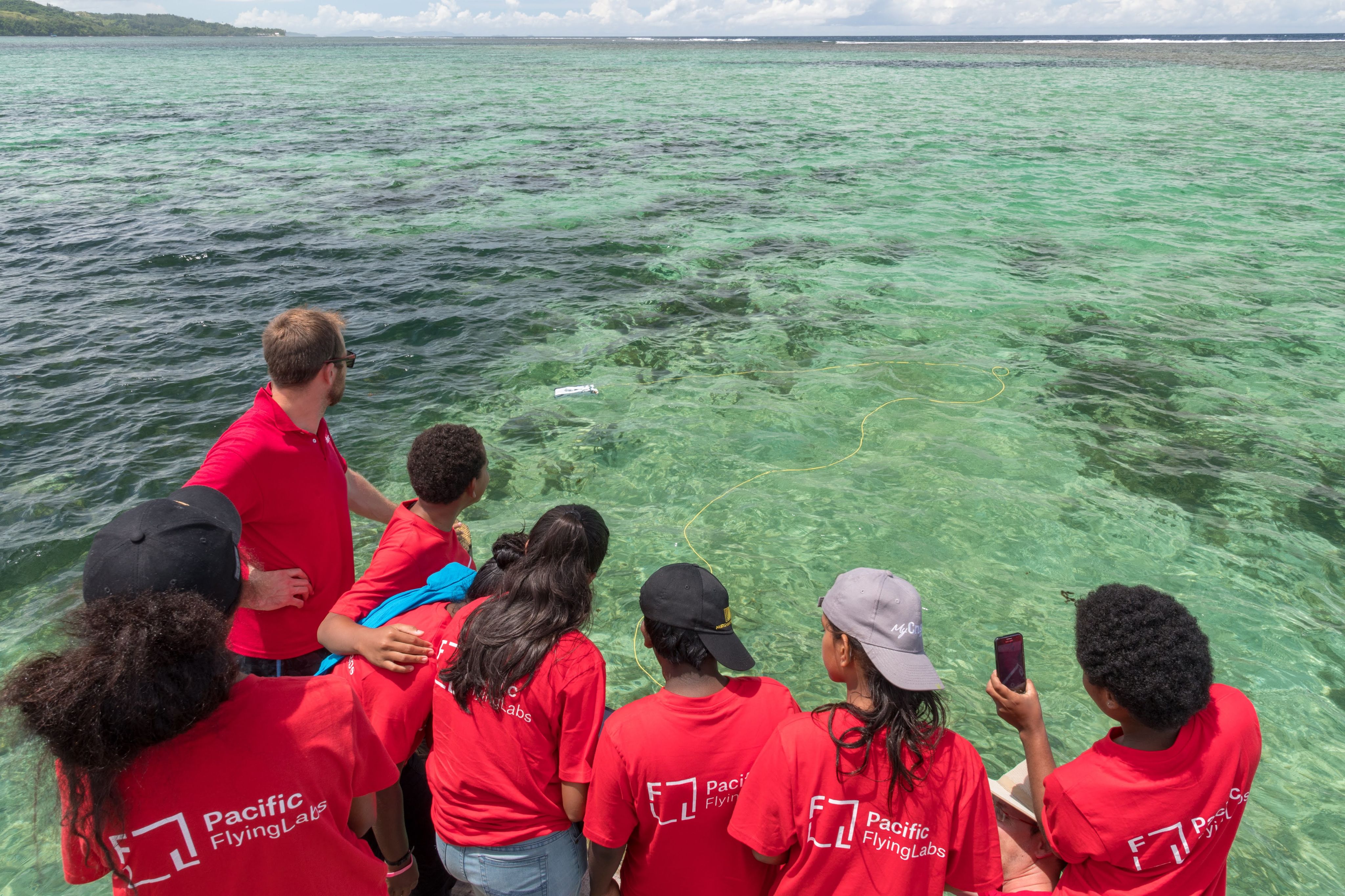
Earlier this year, the Intergovernmental Panel on Climate Change’s Working Group 2 delivered its latest assessment on the climate crisis. The prognosis? The world faces unavoidable, multiple climate hazards over the next two decades with global warming of 1.5 degrees Celsius (2.7 degrees Fahrenheit).
Around the globe, the most vulnerable communities are already bearing the brunt of biodiversity loss and feeling the impact of extreme weather events such as floods and droughts that have exposed millions of people to acute food and water insecurity.
The people and ecosystems least equipped to cope are being hit hardest. Small island developing states, or SIDS, such as Fiji and Vanuatu in the Pacific, have been feeling the effects of climate change for years.
Climate change is no longer in the early stages in Fiji but “an everyday issue that we face,” said Kolora Qativi, a licensed drone pilot previously with South Pacific Flying Labs, an organization providing local communities with the knowledge and skills to use drones to respond to climate change.
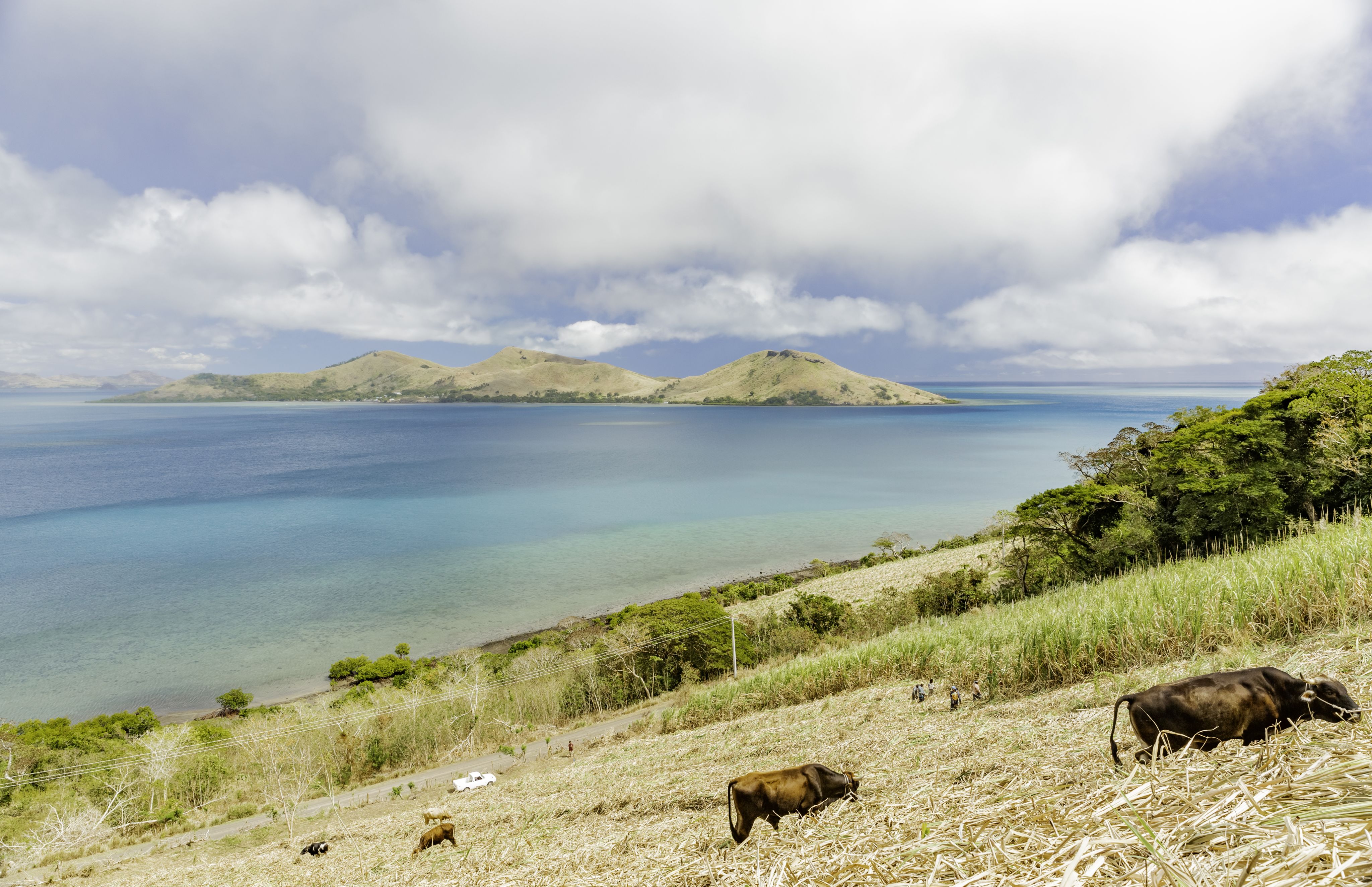
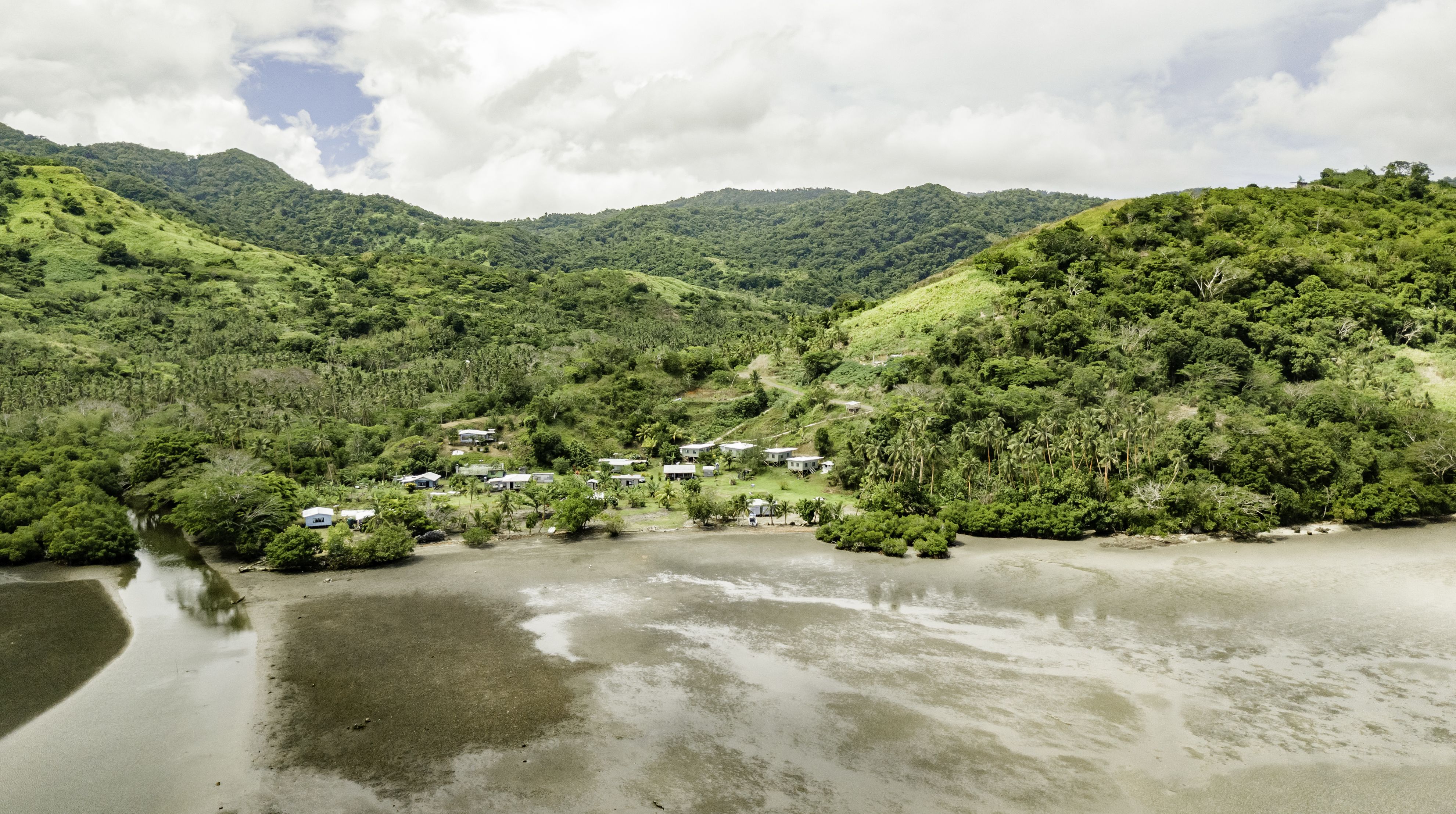
Lydia Peters, a science student at the University of the South Pacific in Vanuatu has also seen the impacts of climate change on her community. “Nowadays, you walk down to the beach and you see [it] covered by sea. Before that you could actually walk on the beach … but now you can't even feel the beach anymore,” she told Devex.
The latest IPCC report is a powerful warning about the consequences of inaction and at the 26th United Nations Climate Change Conference in Glasgow in 2021, leaders from SIDS were clear about the urgency with which vulnerable nations needed to be supported. Indeed, Barbados’ Prime Minister Mia Mottley sent an unequivocal message to global leaders: “The failure to provide critical finance and that of loss and damage is measured, my friends, in lives and livelihoods in our communities.”
Many Pacific representatives have condemned the outcome of COP 26 and the Glasgow Climate Pact as too little too late, and many were also particularly disappointed by softened language around the phasing out of coal — which was changed last-minute to “phasing down” — as well as a lack of funding to pay for loss and damage in the region.
Simon Kofe, Tuvalu’s minister for justice, communication, and foreign affairs, delivered a speech standing knee-deep in sea water at COP26. Source: Simon Kofe via Youtube
“If countries commit to taking bold action now … we can limit emissions and secure bold financing for adaptation. If we do nothing, all of our negotiations will have been for nothing.”
Delivering the Climate Pact in SIDS

To date, progress on adaptation is uneven and there are increasing gaps — especially for low-income populations — between action taken and what is needed to address the increasing risks, according to the IPPC.
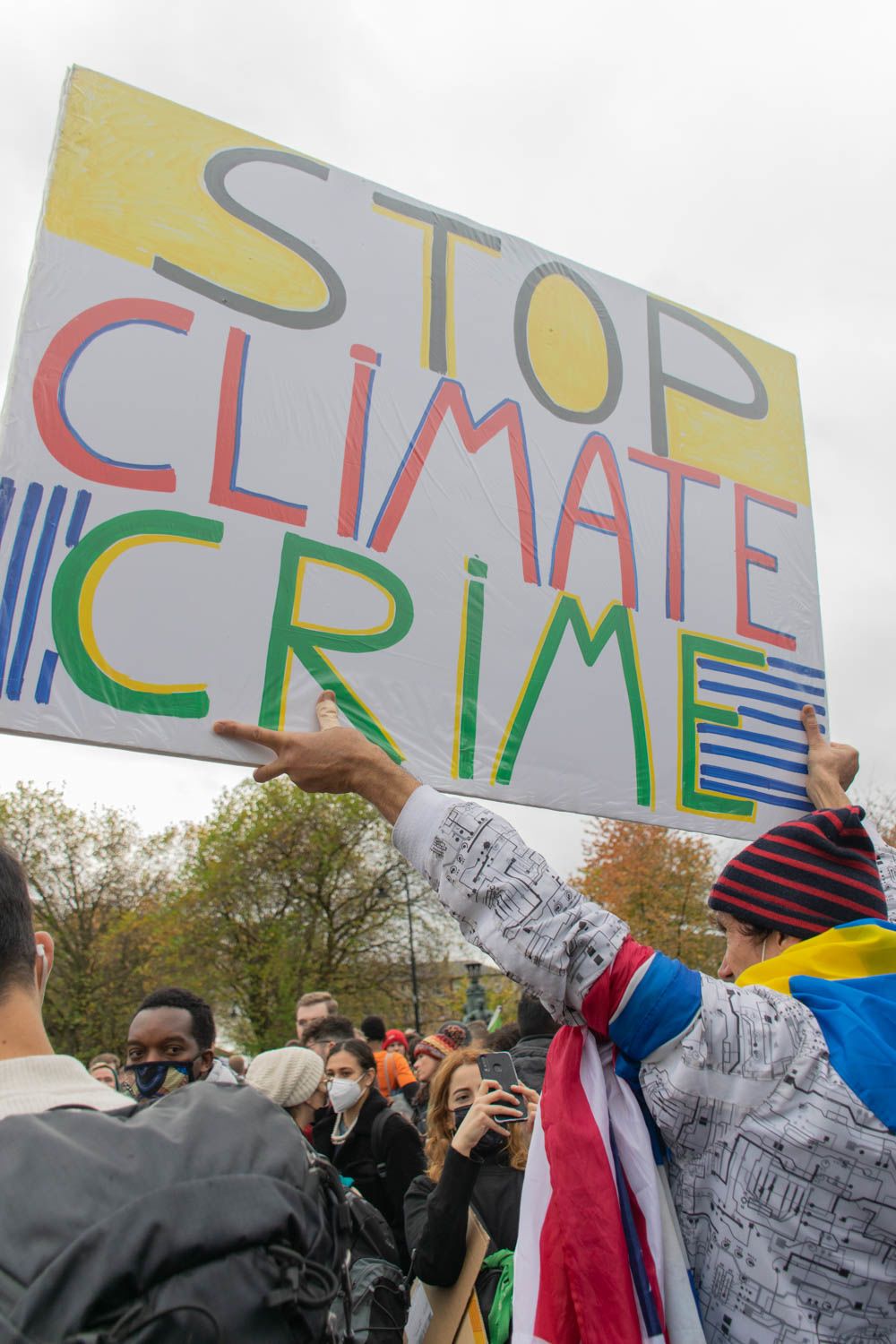
The Youth Climate March in Glasgow, November 2021. Photo: JC Claveria / European Greens
“Regardless of whether we are heartened or disappointed by the COP [26] outcomes, what we have to remember is that action and implementation are key,” Simon Kofe, Tuvalu’s minister for justice, communication, and foreign affairs, wrote in an email to Devex. “If countries commit to taking bold action now … we can limit emissions and secure bold financing for adaptation. If we do nothing, all of our negotiations will have been for nothing.”
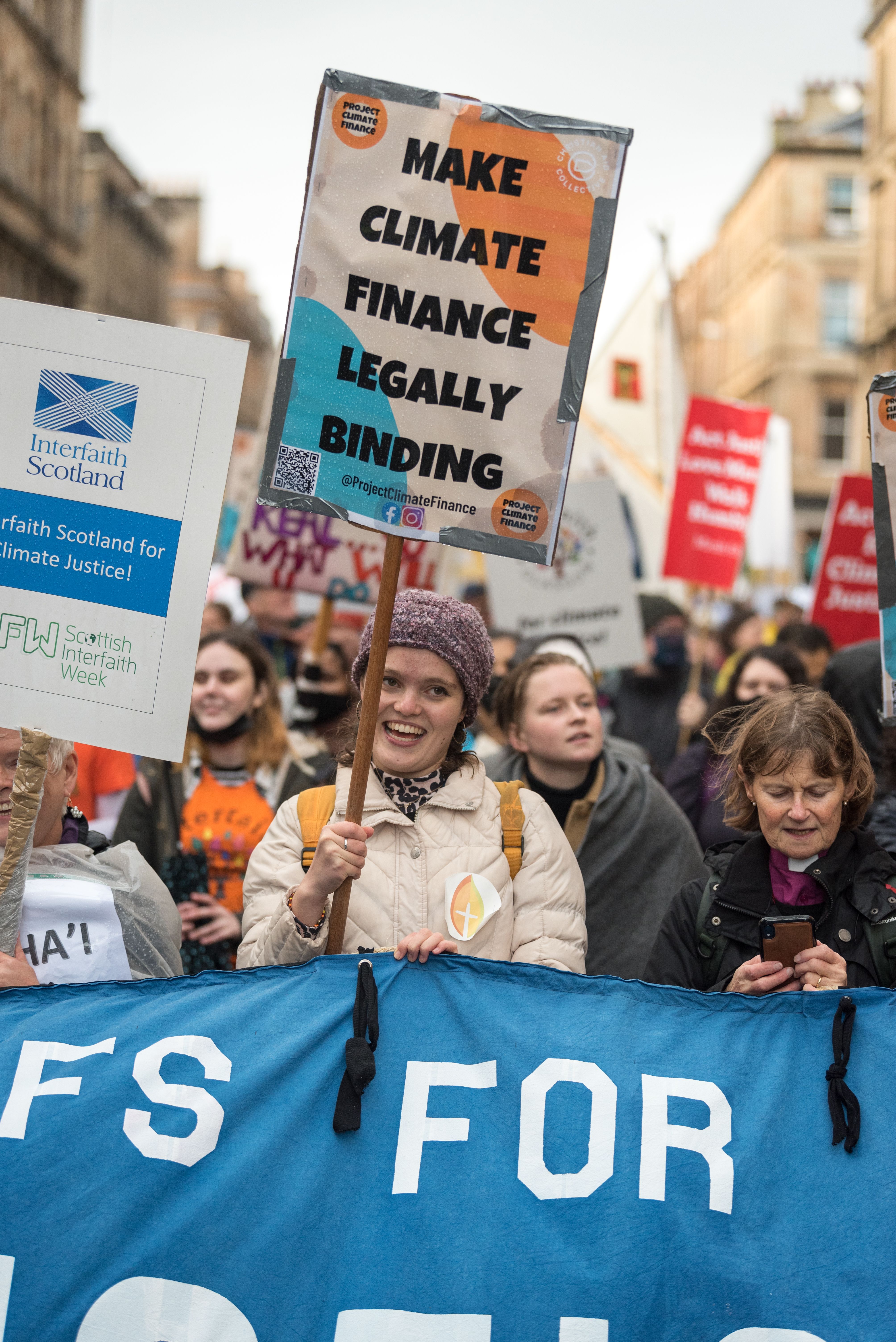
The Youth Climate March in Glasgow, November 2021. Photo: LWF / Albin Hillert
Technology and innovation are going to be really important in achieving COP 26 outcomes, including slowing down climate change and helping communities adapt, explained Stuart Minchin, director-general of the Pacific Community, or SPC — an international development organization promoting sustainable development through science, knowledge, and innovation in the region.

The Youth Climate March in Glasgow, November 2021. Photo: JC Claveria / European Greens
The Youth Climate March in Glasgow, November 2021. Photo: JC Claveria / European Greens

The Youth Climate March in Glasgow, November 2021. Photo: LWF / Albin Hillert
The Youth Climate March in Glasgow, November 2021. Photo: LWF / Albin Hillert
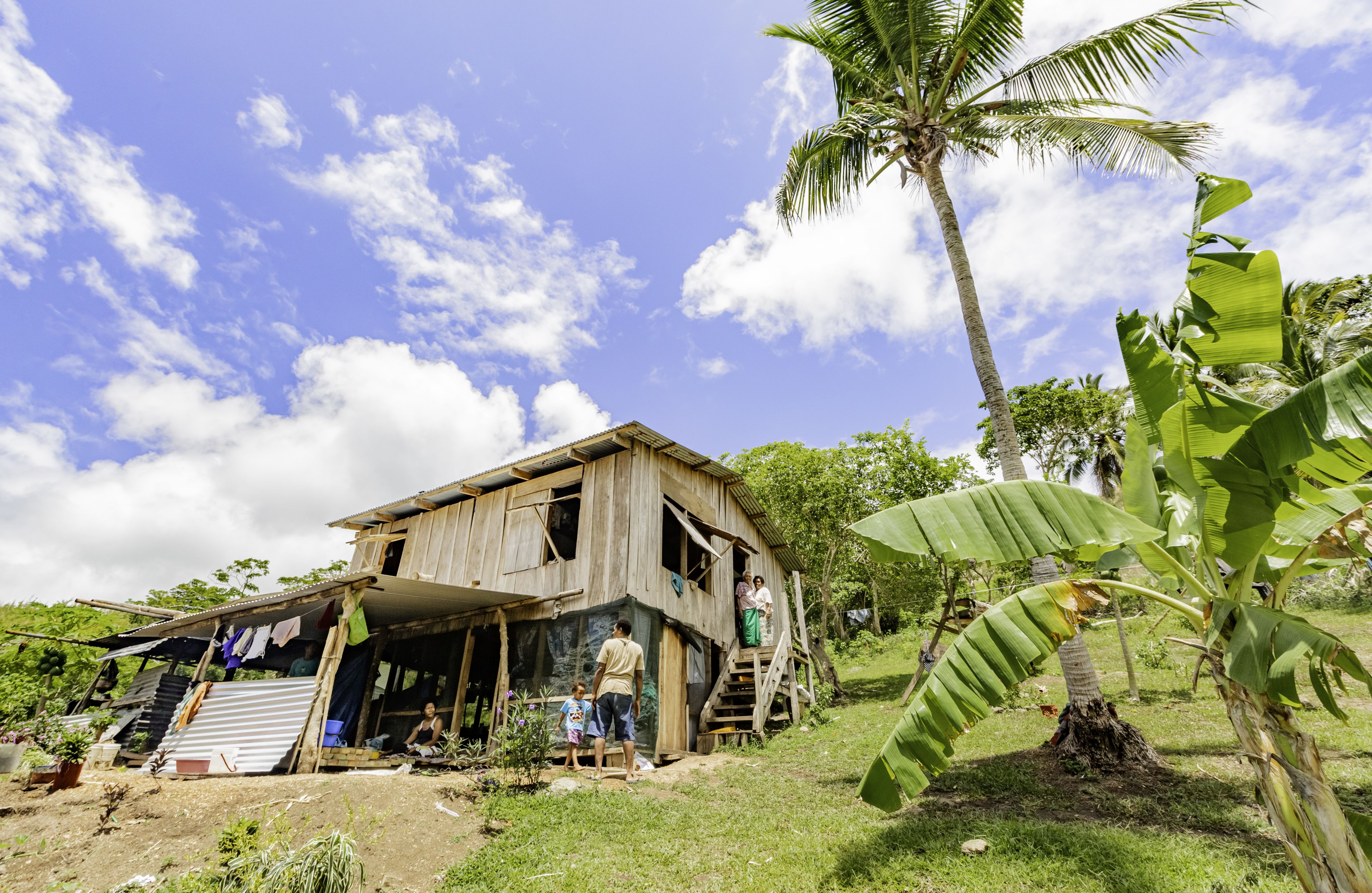
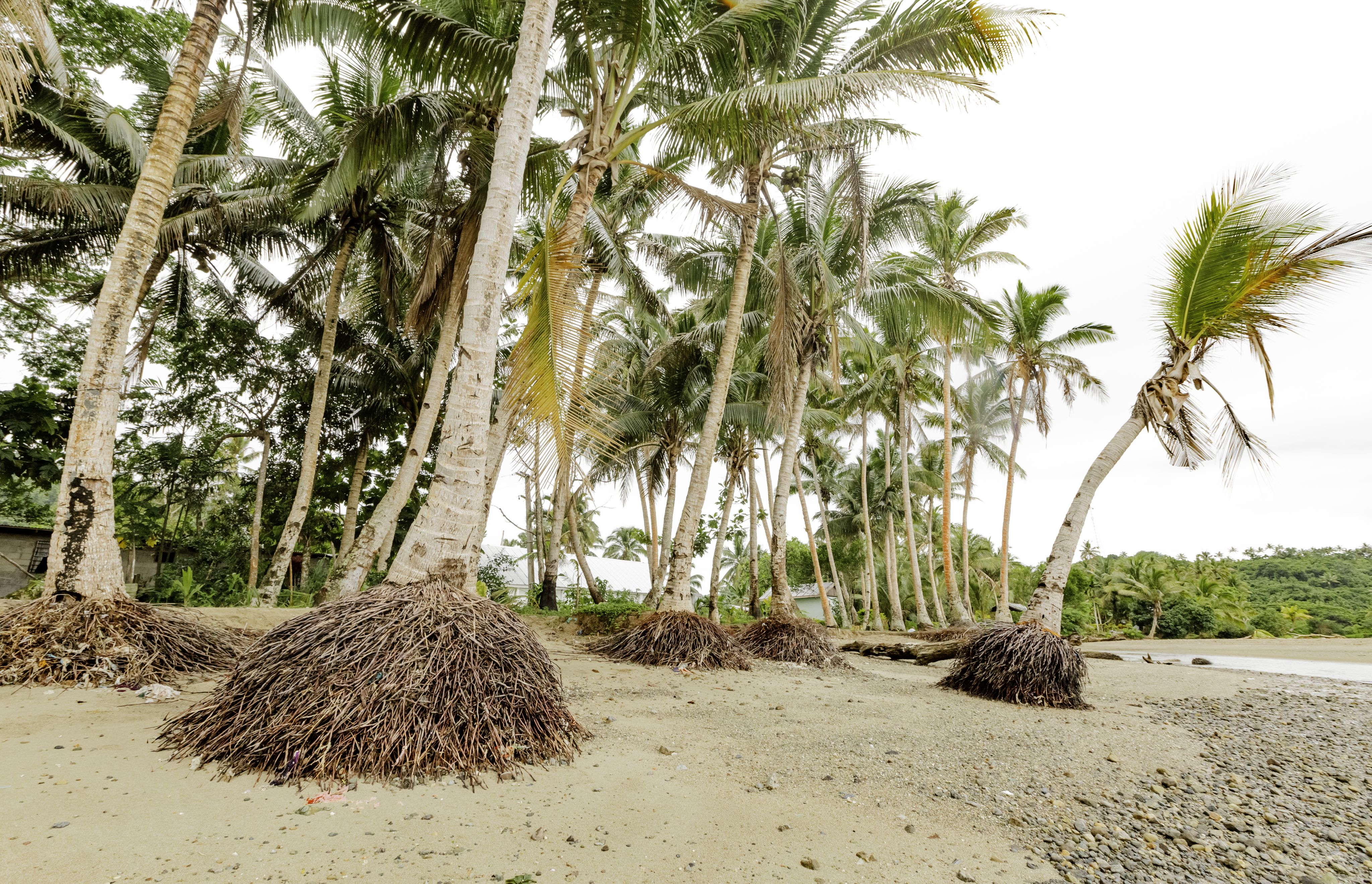
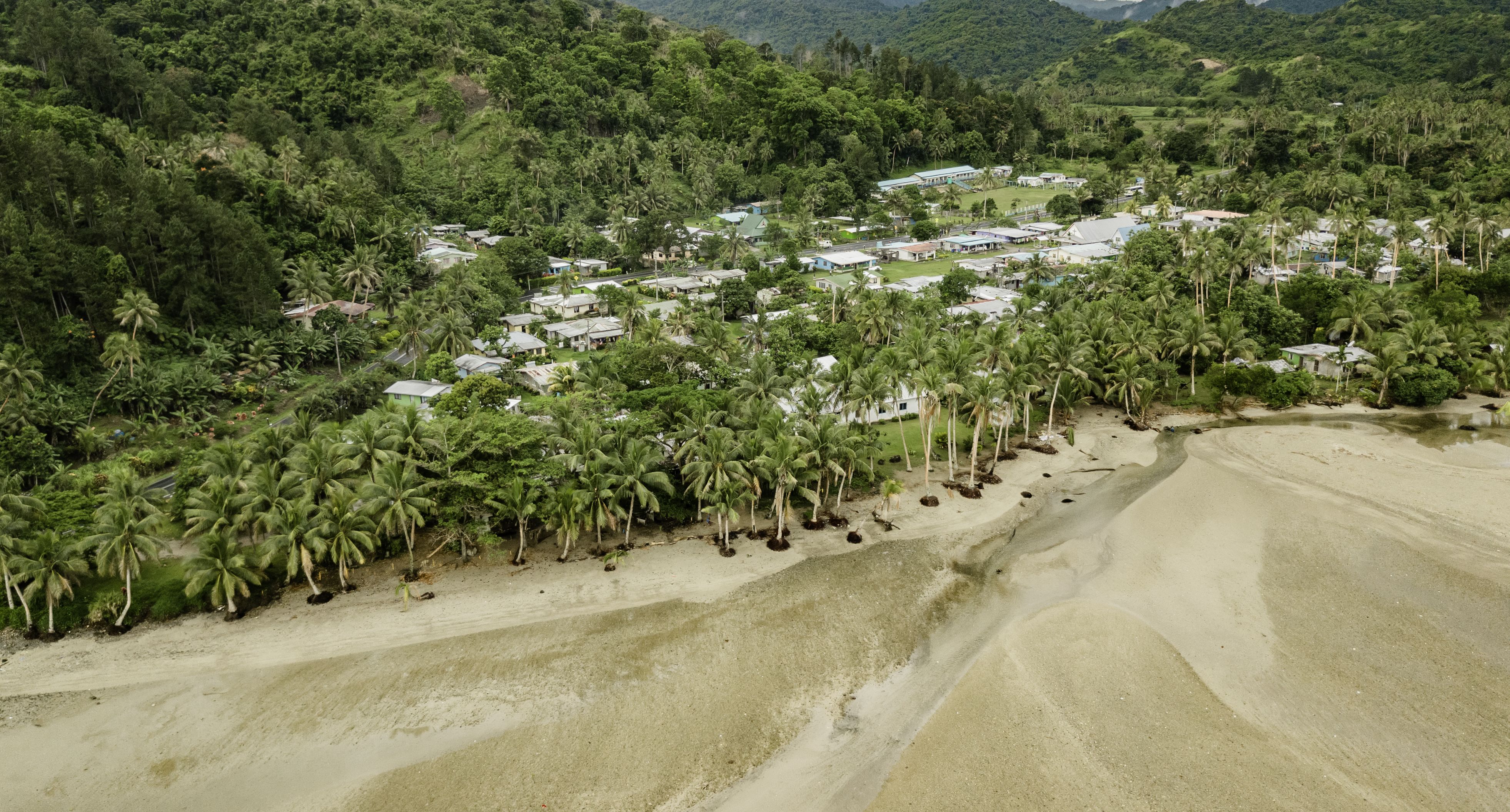

A Fijian community at risk from sea level rise. Photo: Satellites Applications Catapult
A Fijian community at risk from sea level rise. Photo: Satellites Applications Catapult

Mangroves on the coast of Fiji. Photo: Satellites Applications Catapult
Mangroves on the coast of Fiji. Photo: Satellites Applications Catapult

A Fijian community at risk from sea level rise. Photo: Satellites Applications Catapult
A Fijian community at risk from sea level rise. Photo: Satellites Applications Catapult
Space technologies key to addressing climate challenges

“It’s really not possible to deliver the climate pact from Glasgow without space technology,” said Lucy Edge, chief operating officer at Satellite Applications Catapult, a network of U.K. technology and innovation companies. While it’s only one piece of the puzzle and part of a much bigger system of capabilities, space technology is unique because it's completely borderless and offers an entirely global view, Edge explained.
“It has really repeatable data that we can use to go back decades to see the impacts of the change we've had on this planet,” she added.
Satellite technology can, for example, help with the difficult task of relocating communities whose land has been affected by storm surges or rising sea levels. The use of satellite imagery allows us to find locations that are safe to live in over a long period of time, explained Edge.
“Pacific youth are some of our greatest innovators. … [They] can better harness the potential of technological solutions for positive transformation to tackle climate change.
Land reclamation technology is a key example of technologies necessary to delivering the Glasgow Climate Pact in Tuvalu, according to Minister Kofe. Land in his country, he said, is clearly threatened by climate change and developing rapid and cost-effective technology for land reclamation will be key for the country’s climate adaptation efforts, he explained.
For Kofe, it is also important that people are given opportunities to build their capacity through online training to test and pilot their ideas.
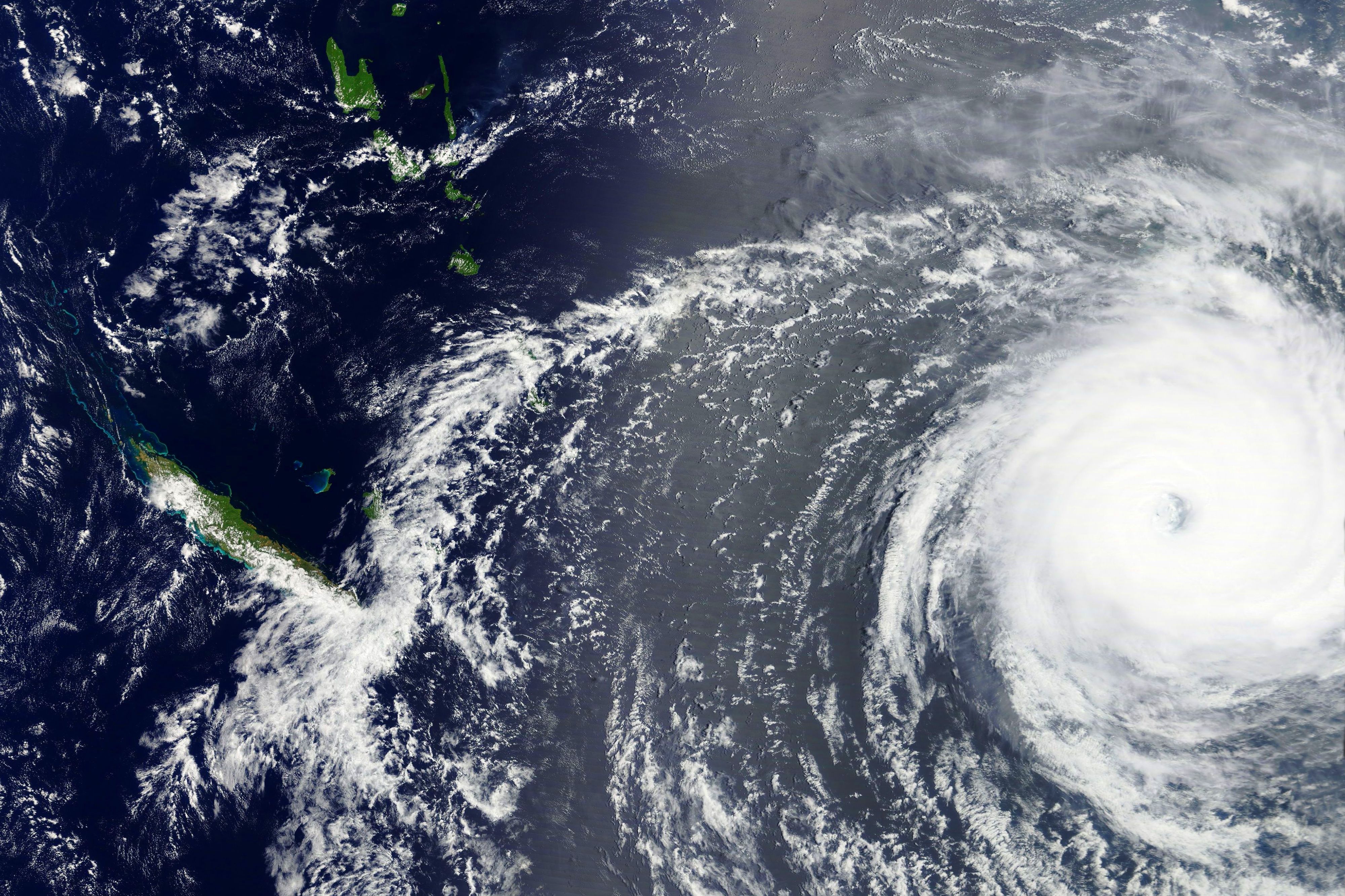
What is Earth observation?
Earth observation from satellites, aircraft, and drones, in situ measurements or ground-based monitoring stations, can provide a unique and timely source of data that is comparable across countries, regions, and cities.
Data from EO can also be combined with other types of geographical, sociodemographic, economic, and public data to make analysis more relevant and targeted. It can provide a clear picture of changes across the entire planet through regular, accurate measurements, including of areas that are difficult to reach such as the polar regions.
Youth-led technologies tackling local climate challenges

Engaging the region’s youth in the design and deployment of climate technologies will be key, not least because they will be the ones suffering most of the climate impacts in years to come. Science student Peters has had the opportunity to join UNOSAT’s Advanced Training on Earth Observation and Geospatial Information Technology for Climate Resilience in Fiji and Vanuatu.
“The program was mainly about how we could use technology to strengthen our resilience to climate change,” said Peters. “It taught us how we could go about tackling major climate change issues that are affecting our beautiful countries, and how we could prepare for such very big disasters before they even happen.”
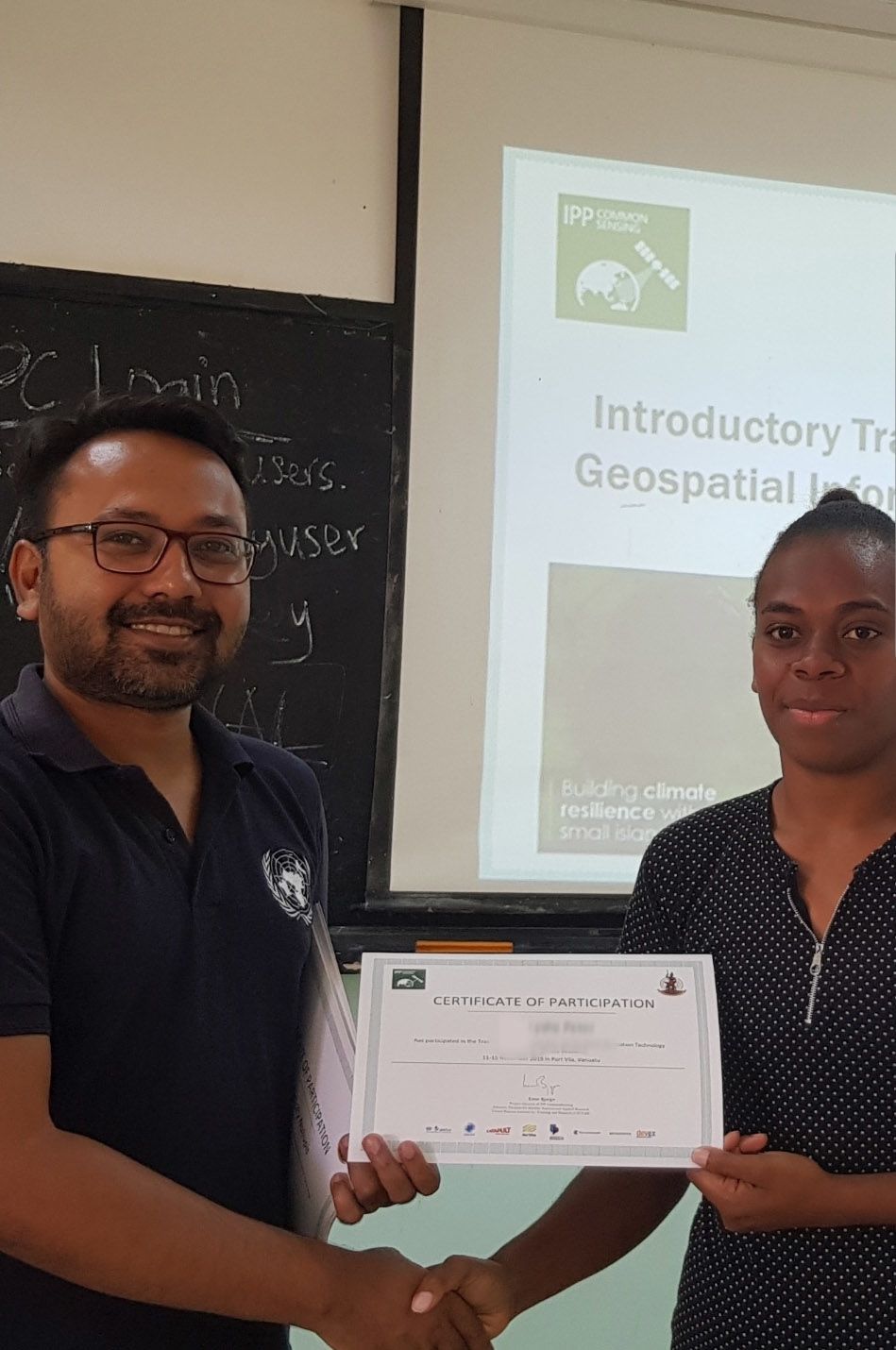
Science student Lydia Peters took part in a week-long training, held by UNOSAT, on Earth Observation and Geospatial Information Technology. Photo: Lydia Peters
During the training, she discovered that EO and GIT allowed her to use satellite images to predict the impact of a disaster, but also to see the damage in certain geography once it strikes, she explained. It also showed the participants — the majority of whom were civil servants — how to assess the resistance of buildings to natural disasters, and how they could be improved, she added.
Young people are the most important group to be considering solutions to climate change, said Peters. “They are already good [at using] technology and shouldn't put all that knowledge to waste and [instead] make use of it to save your country,” she said.
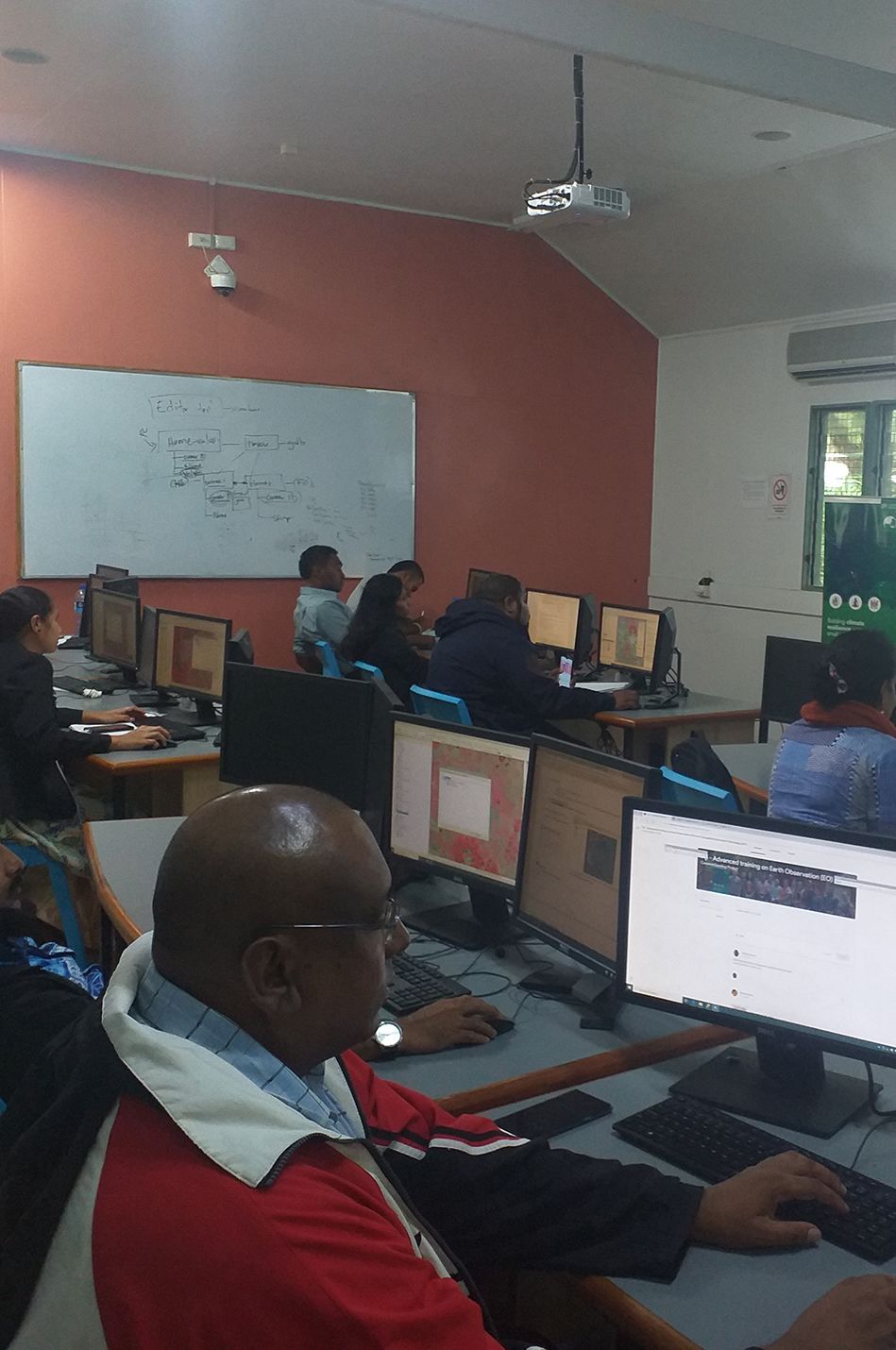
The training was held in the GIS labs of the University of the South Pacific in Port Vila, Vanuatu. Photo: UNOSAT
According to SPC’s Minchin, it needs to be communities in the Pacific that actually generate the technologies needed to respond to climate change locally, “and then engage its young people in training them up on how to do this and how to develop new products,” he said, adding that they can become entrepreneurs, developing their own tools that can be exported to other affected parts of the world.
“Pacific youth are some of our greatest innovators,” Kofe told Devex. “Youth often see technology from a very different perspective than our older generations and can better harness the potential of technological solutions for positive transformation to tackle climate change.”

Science student Lydia Peters took part in a week-long training, held by UNOSAT, on Earth Observation and Geospatial Information Technology. Photo: Lydia Peters
Science student Lydia Peters took part in a week-long training, held by UNOSAT, on Earth Observation and Geospatial Information Technology. Photo: Lydia Peters

The training was held in the GIS labs of the University of the South Pacific in Port Vila, Vanuatu. Photo: UNOSAT
The training was held in the GIS labs of the University of the South Pacific in Port Vila, Vanuatu. Photo: UNOSAT

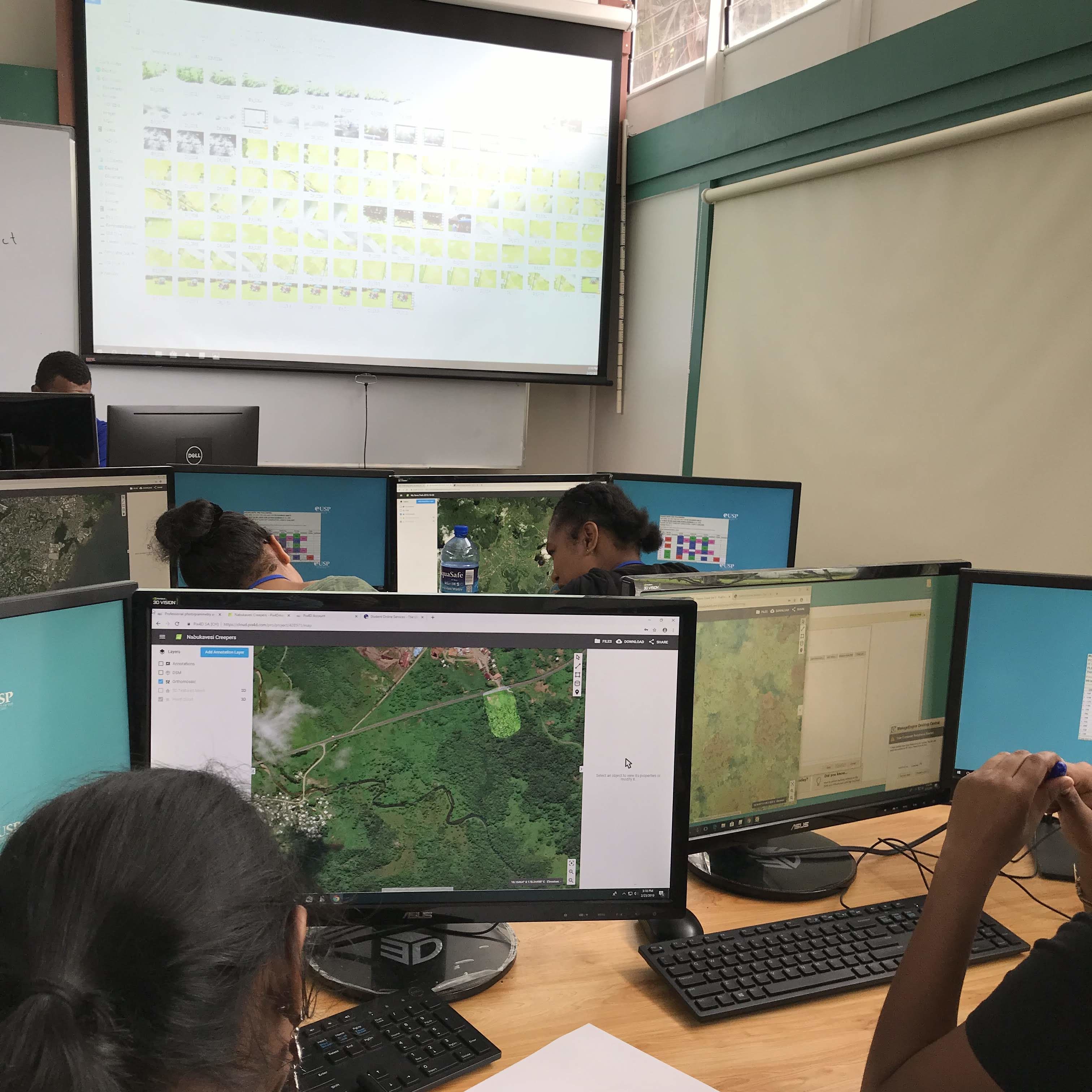
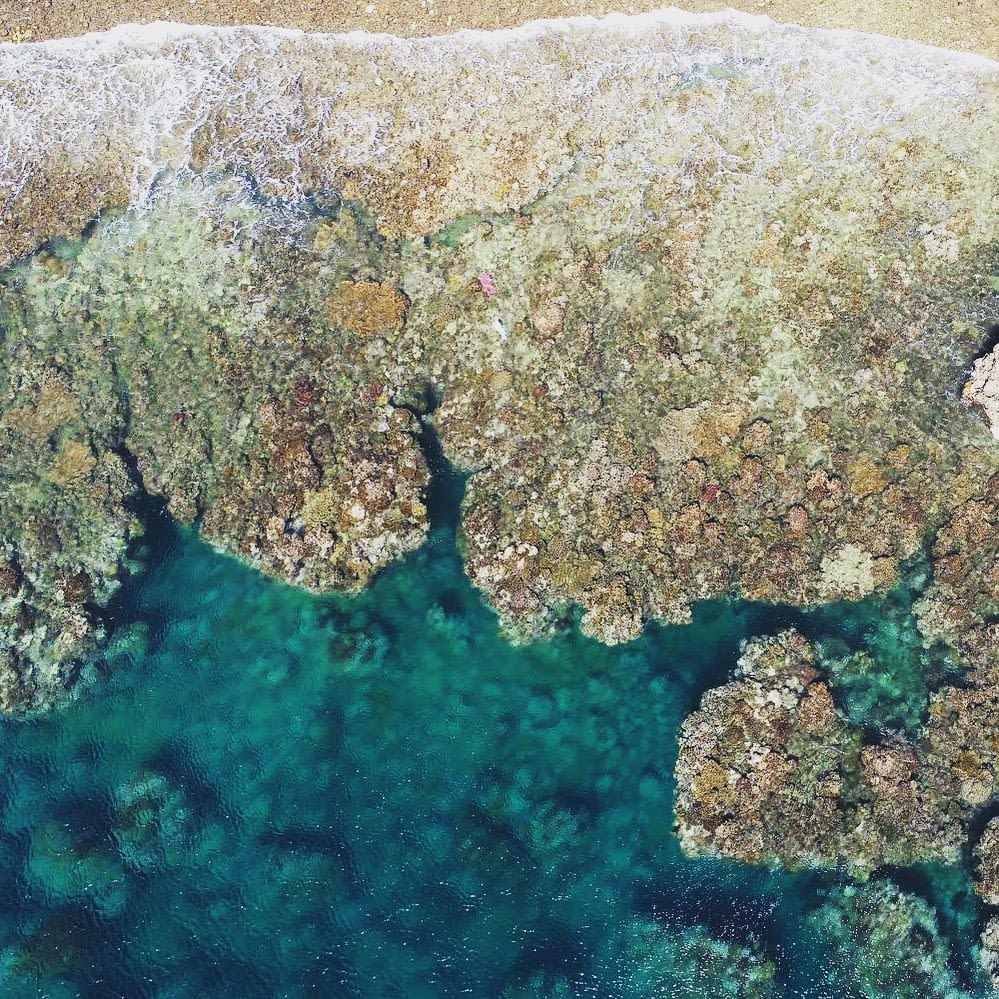

South Pacific Flying Labs, a partnership between WeRobotics and the University of the South Pacific, aimed to build local capacity in drones and robotics in Fiji. Photo: South Pacific Flying Labs
South Pacific Flying Labs, a partnership between WeRobotics and the University of the South Pacific, aimed to build local capacity in drones and robotics in Fiji. Photo: South Pacific Flying Labs

Students analyzing images captured by aerial drones to monitor forest degradation. Photo: South Pacific Flying Labs
Students analyzing images captured by aerial drones to monitor forest degradation. Photo: South Pacific Flying Labs

An image captured by aerial drone showing a coral reef. Photo: South Pacific Flying Labs
An image captured by aerial drone showing a coral reef. Photo: South Pacific Flying Labs
Ensuring technology speaks the local language

By bringing together scientific and technological know-how, as well as Indigenous and local knowledge, solutions will be more effective,” noted Debra Roberts, IPCC working group 2 co-chair. This must also be true for the technologies aimed at responding and building resilience in SIDS.
“It’s really not possible to deliver the climate pact from Glasgow without space technology. … It has really repeatable data that we can use to go back decades to see the impacts of the change we've had on this planet.”

Kolora Qativi, a licensed-drone pilot previously with South Pacific Flying Labs. Photo: Kolora Qativi
According to Kofe, it is key that technologies are co-created with a diverse group of stakeholders from the communities they are meant to serve, “because context is everything when creating any solution … a technology solution may be wonderful for a particular country or region, but difficult to utilize effectively in another,” he told Devex.
During her time at South Pacific Flying Labs, drone pilot Qativi participated in a village profiling project in the southern province of Serua, where she spoke to members of the community to help them understand how they can use drones and aerial images to address climate or environmental issues within their village context.
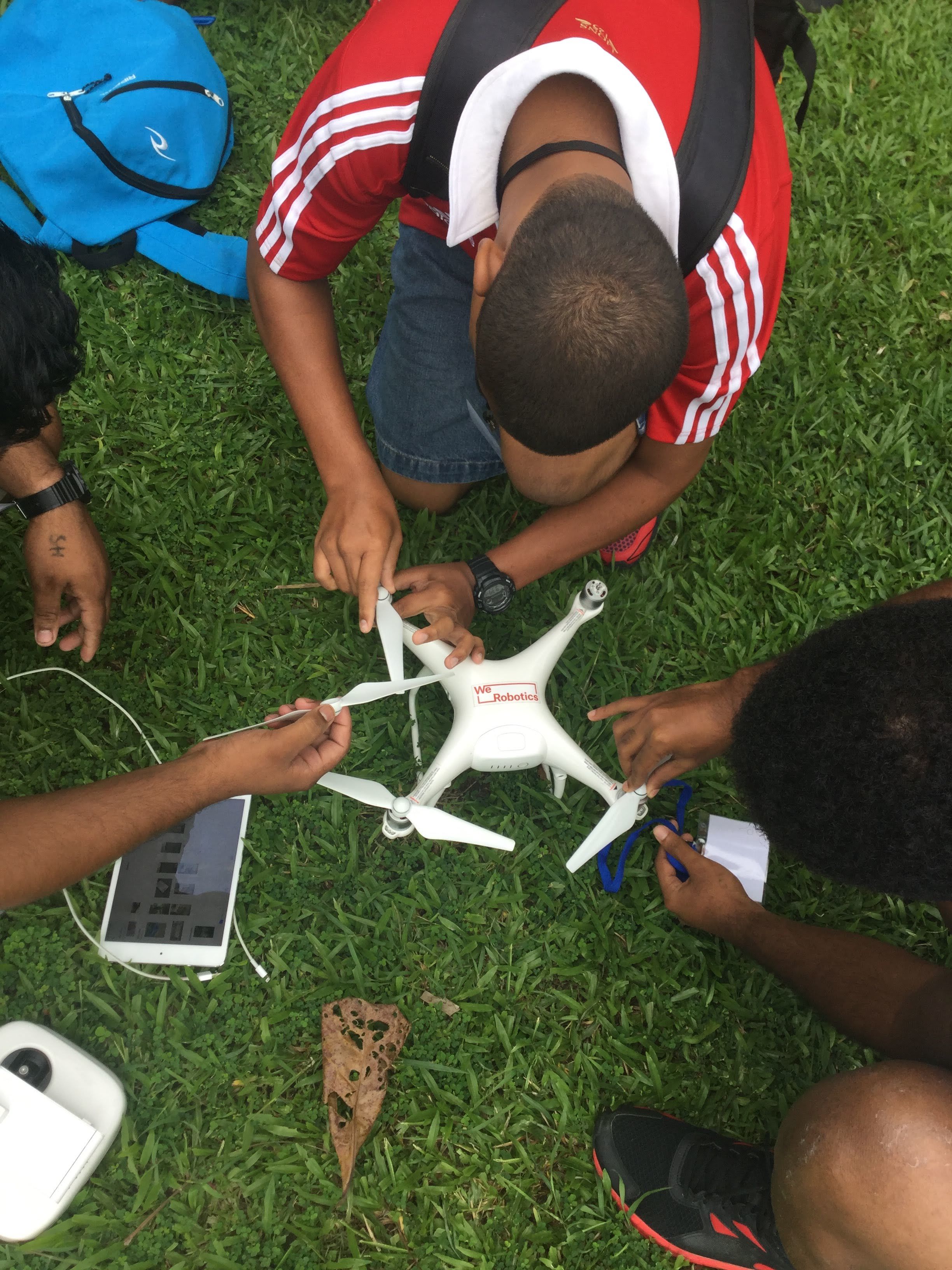
Participants in the Flying Labs project assembling an aerial drone. Photo: South Pacific Flying Labs
Residents now know how to use Google Earth to locate their villages — and then use that imagery to help in critical decision making during village community meetings, Qativi explained. Being able to speak the local language also meant she was able to communicate directly with locals, avoid language barriers, and get more information from them about their needs.
For university student Peters, it’s clear that the design and deployment of technology must be community led.
“I know what's best for my community because I've been living here for a lifetime and I've seen different stages of disasters affecting my community — I've grown up seeing all that.”

Kolora Qativi, a licensed-drone pilot previously with South Pacific Flying Labs. Photo: Kolora Qativi
Kolora Qativi, a licensed-drone pilot previously with South Pacific Flying Labs. Photo: Kolora Qativi

Participants in the Flying Labs project assembling an aerial drone. Photo: South Pacific Flying Labs
Participants in the Flying Labs project assembling an aerial drone. Photo: South Pacific Flying Labs
Reporting: Natalie Donback
Editor: Richard Jones
Photos: Satellite Applications Catapult / South Pacific Flying Labs / UN Climate Change
Video: South Pacific Flying Labs / Pacific Climate Warriors
Multimedia editor: Naomi Mihara
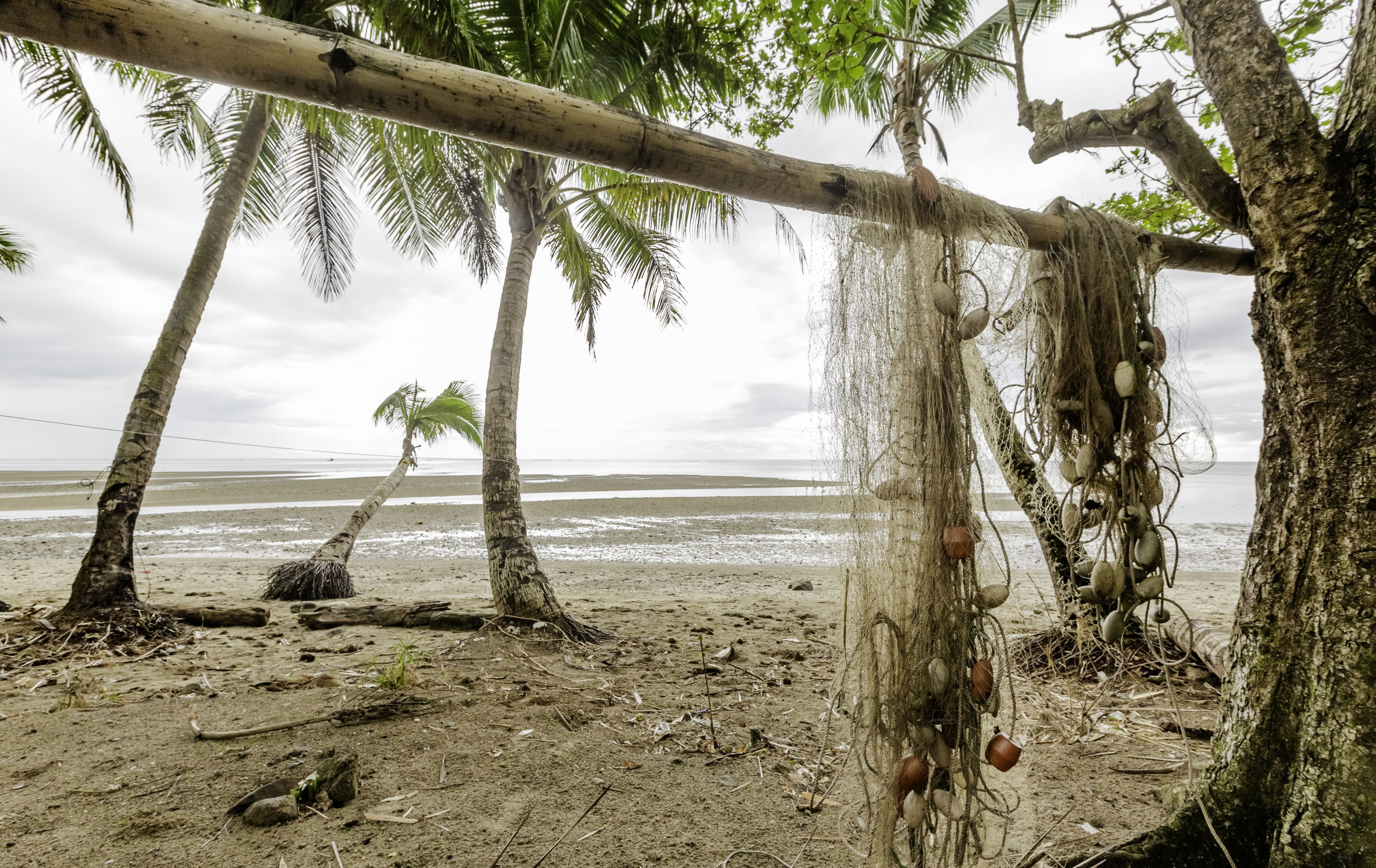
Visit the Turning the Tide series for more coverage on climate change, resilience building, and innovative solutions in small island developing states. You can join the conversation using the hashtag #TurningtheTide.

